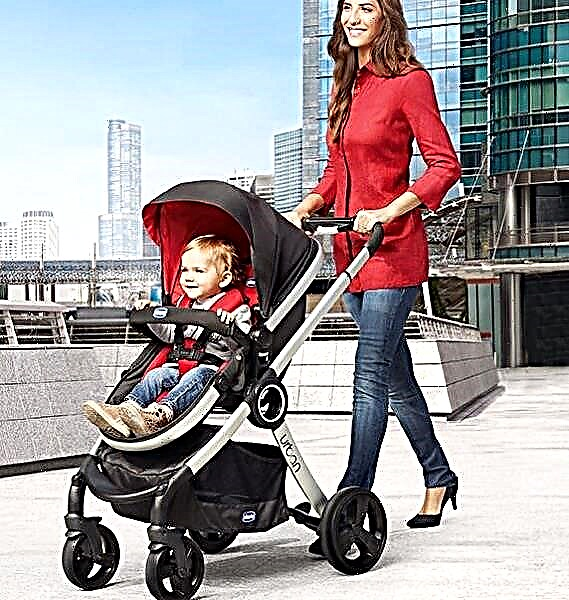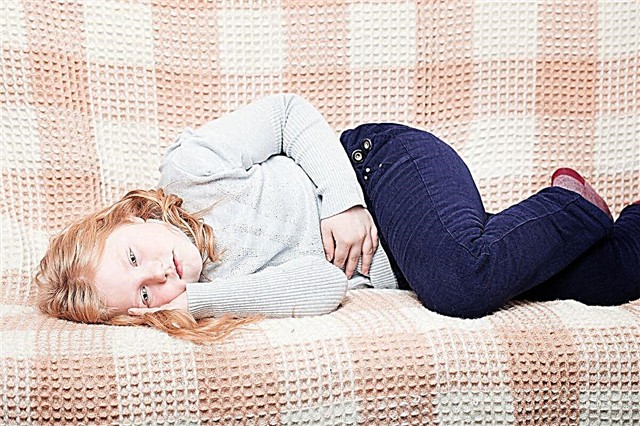Bathing a baby is a mandatory procedure that is performed for the first time the very next day after discharge from the hospital. Then the event is repeated daily for the first 6 months (in the future, the frequency of bathing is somewhat reduced). Most often, parents treat this process very responsibly, with great caution and even apprehension. Usually mom and dad are worried about whether it is possible to wet their ears when bathing a newborn, and what to do if the baby gets water in her ears. This article will help you find out the answers to these and other pressing questions.

Bathing a baby is the most important hygienic procedure, which cannot be dispensed with.
Features of the structure of the baby's ears
The structure of the hearing aid in an infant is significantly different from that of an adult. In a newborn baby, it is not yet fully formed. The main features boil down to a few points:
- The ear canal is shorter than that of an adult. In the latter case, it is branched, long, curved. Babies also have curls, but they are much smaller and shorter;
- The location of the auditory canal relative to the shell has a different angle, namely straight.
This structure allows the liquid that has entered the child's ear to quickly and easily go out.
Interesting. Since the baby was in the aquatic environment for 9 months, a so-called sulfur plug formed in his ears. Its role is to protect the baby's ears from water getting into them - the sulfur prevents the liquid from penetrating too deeply. After birth, it still lasts for some time, but dissolves under the influence of water and other factors.
Thus, you should not worry about whether it is possible to wet the ears of a newborn baby when bathing. Panic in such cases is most often unfounded.
On a note. Experts recommend bathing your child so that his ears are completely submerged in the water. As strange as it sounds, such a procedure helps to clean and harden the ears.

The structure of children's and adult ears
When water ingress is dangerous
Is it possible that when bathing water gets into the ears of the baby? The first and most common reaction when water flows into the baby's ear is panic. The explanation for this behavior is very simple: parents do not have basic knowledge of the physiological structure of the baby's ear. In addition, ignorance is reinforced by previously heard stories, "scary" stories, myths. The latter include the statement that otitis media or ARVI can develop in a baby due to water. However, this opinion has no scientific confirmation:
- SARS appears as a result of an infection in the baby's body;
- Otitis media is an inflammation of the middle ear. This pathology does not depend on ear wetting.
Among the common misconceptions are the alleged negative consequences in the form of:
- Swelling of the sulfuric plug. However, in fact, it cannot swell from water;
- The occurrence of inflammatory processes that can lead to hearing impairment or even complete loss of hearing. The very ingress of water into the ears does not entail the development of infectious diseases and inflammations.
Due to such misconceptions, many resort to protective measures that prevent water from reaching deep into the child's ears (using cotton swabs, headphones, hats).
However, there are situations that really require certain actions aimed at protecting children's ears. The most obvious example - a child recently had ARVI or had otitis media.

Water getting into a child's ears is an inevitable phenomenon when bathing.
Correct action for water ingress
The first condition that parents must comply with when water gets into the baby's ears is to stop panicking. The fluid does not get stuck in the ear canal, but flows out freely.
On a note. It is not possible to keep your ears wet while bathing. Especially if the baby likes to splash in the water.
For little children, water is a native element, a familiar habitat, in which the baby feels very comfortable.
No need to rush to the child in order to quickly wipe the ears. If the baby continues to swim with pleasure, it is better not to hinder him in this activity.
As soon as the procedure is completed, the ears should be blotted with a soft dry towel. If necessary, the auricle is wiped with a cotton flag: a part of the material is gently inserted into the child's ear with rotational movements. In this case, it is very important not to insert the flagellum deeply, otherwise the eardrum may be damaged.
Important! If adults are sure that there is a lot of water left in the baby's ears, the baby's head should be wrapped in a towel and tilted one by one, first to one side, then to the other. It is necessary to keep it this way for several minutes - during this time the excess fluid will completely come out of the ear canals.
It will not be possible to independently identify which ear section of the ear the newborn has got into. In the middle section, liquid quite often penetrates through the nose when the baby "inhales" the water while bathing. One way or another, if the child feels discomfort and pain (it can manifest itself in the fact that he cries, is naughty after bathing), you should resort to the following actions:
- Make an alcohol compress before bed. To do this, the cotton wool is stretched and a hole is made in the center (for the ear), the material is impregnated with alcohol, placed around the ear so that it remains open. Cover with polyethylene on top, and then with a warm wool cloth. The baby is placed on the ear, into which water has fallen, and they are waiting for several minutes;
- A temporary measure until a doctor arrives is to take painkillers. If the baby has a severe ear pain (he constantly cries and screams), you can give him the appropriate dose of baby Ibuprofen;
- Instill the ear with special drops (for example, Otipax).
Important! These measures are temporary assistance. Your baby should be seen by a doctor as soon as possible.
If bathing is carried out in winter and the room where the baby is after the procedure is cool enough, it is recommended to put on a cap on the baby. Thanks to this, the water that gets into the ears and cools over time will not provoke inflammation.

Alcohol compress is an effective way to help a child if there is excess liquid in his ears.
What not to do
If water gets into the child's ear, parents should refrain from doing the following:
- Removing the sulfur plug from the ear;
- Drying children's ears with a hairdryer;
- Warming up with a heating pad;
- The use of a medical pear;
- Shaking baby;
- Blowing out water;
- Rubbing the ear canals vigorously with a towel or cotton wool.
Such actions often cause more harm to the child than the water that got into his ears (which often does not pose a danger to the health of the baby at all).
Important! In no case should a cotton swab or tourniquet be deeply inserted into the baby's ear. If there are concerns about damaging your ears while cleaning, you should buy baby ear sticks from the pharmacy. Such a device has special limitations that physically do not allow penetration deep into the auditory canal.

Proper ear cleaning eliminates deep penetration into the ear canals
How to protect your baby's ears when swimming
To prevent water from entering the baby's ear canal, you should protect his ears from direct contact with liquid. One of the most common and effective measures is the use of cotton swabs pre-lubricated with cream or petroleum jelly.
There are also other ways to protect the baby from water getting into the ears:
- Hammocks and slides to keep the newborn's body afloat;
- Circles and hats (recommended for children over 3 months old).
On a note. It is not necessary to buy or sew a bathing cap to order. It is quite possible to create such a little thing with your own efforts at home. For this, a fabric is selected, then foam is sewn into it and evenly distributed around the cap.
The function of the cap is that it does not allow you to dive into the water with your head, teaches the baby to stay afloat without full immersion. Most importantly, such a device allows you not to wet your ears too much while swimming.
As for the circle on the neck, this is an inflatable device that is recommended to use when swimming in a large bath. The circle performs several useful functions at once:
- Helps the child to stay on the water and swim;
- Does not allow complete immersion, therefore protects the ears (as well as the eyes and nose) from water ingress.
Recommendation. There is a sulfur plug in the child's ears, which was formed during the period of being in the mother's belly. The accumulation of sulfur plays a protective role, including saving the newborn's hearing aid from water getting into it, as well as various infections. This is why you should not brush your baby's ears before bathing.
So, is it dangerous for water to enter the ears of an infant? Water is a baby's natural habitat. While in the womb, the baby did not need any protective devices against the ingress of fluid into the ear canal. Therefore, you should not get carried away with covering your baby's ears while swimming.
At the same time, if the baby has recently been ill with infectious diseases (ARVI, otitis media), then you still have to resort to protective measures. In other cases, there is no reason to worry too much about this.
If water gets into the child's ear, there is no need to panic - it is enough to get rid of excess fluid using one of the methods listed above. If the child does not feel better, you should contact a professional who will conduct the necessary tests, diagnose and prescribe treatment (if required).



